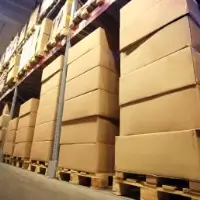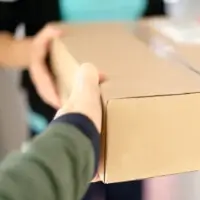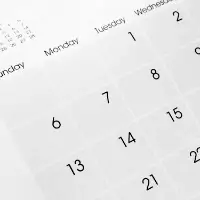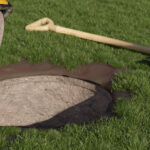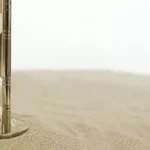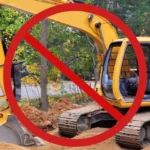How can we help?
This is Bio-Sol's FAQ page. If you can't find the answer to your question,
please contact us at 1-800-378-6132
please contact us at 1-800-378-6132
Log in to your account
Whoops! It happens sometimes...
CREATE A NEW ACCOUNT
Error: An account is already registered with your email address.
CONGRATS!
You are now registered and ready to go. You can add and change any of your information on your client profile.
Unfortunately, we do not ship our products to the USA at the moment.
But, if you live in the United States and would like to order them, please fill in the form below. You will then be notified as soon as they are available in your country.
Thank you for your understanding!
Malheureusement, nous n’expédions pas nos produits en France pour le moment.
Mais, si vous êtes résident français et aimeriez les commander, remplissez s’il vous plaît le formulaire ci-dessous. Nous pourrons ainsi vous aviser aussitôt qu’ils seront disponibles dans votre pays.
Merci de votre compréhension!
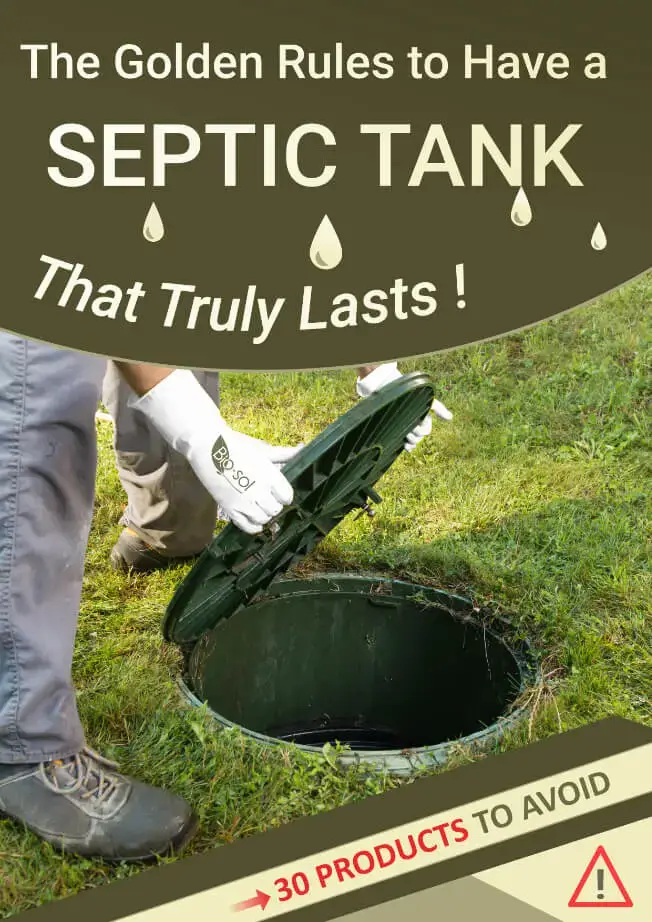
-
30 products to avoid
-
What to replace them with
-
And everything you should know about your septic system
DOWNLOAD THIS FREE EBOOK!
Which email address should we send it to?
You will receive it in a few minutes!*



